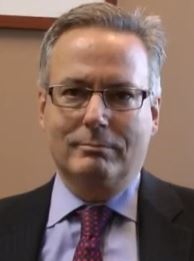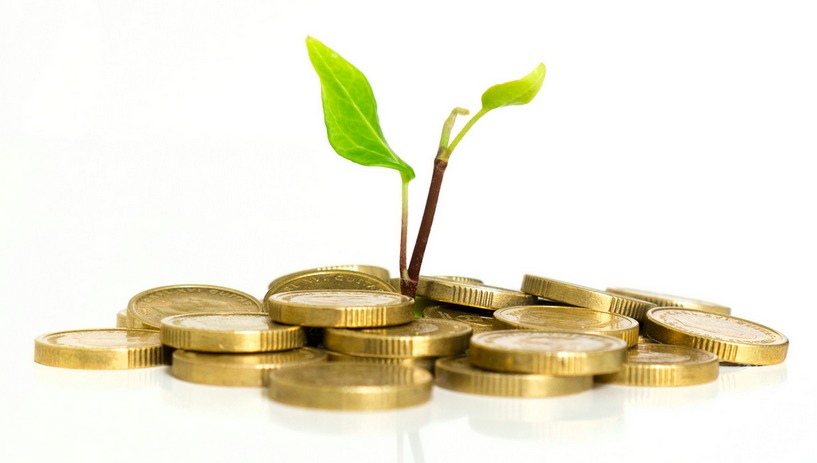The Barrack Yard Core Portfolio Strategy makes a distinction between speculating and investing. Predicting the market’s sentiment is speculating and forecasting future cash flows from an asset is investing.
Our speculation is that the stock market’s ebullient mood is bound to change in the coming months, if not weeks. Investors assume central bankers will continue to keep things on a high but we believe markets have already anticipated a lot of good possible outcomes.
Also it would not be unusual for the markets to take a step back at some point given the massive rise in US equities in the past 20 months. Therefore we believe risks have heightened for investors and we certainly do not want to participate in the game of buying things solely because they have gone up in price.
If there is a melt-up in the stock market from here, it will likely be relatively short-lived and we will have future opportunities to participate in what comes next, but on our own terms.
Our focus in the investment process is to own companies for their attractive dividend yields and underlying assets. Many of the stocks are at 10 times earnings or less and pay dividends of 4 or 5% or more.
By comparison, all stocks that have earnings and pay a dividend have a median P/E of 18 times and yield 2.0%, according to Value Line. Our view is if this 4-year bull-run turns out to be a mirage, then we have the comfort of owning assets that pay us a higher level of income than most other investment vehicles.
If the bull market is for real, however, then at some point these out-of-favor stocks could have their turn to come back into favor, and we get paid handsomely while we wait.
Apart from a couple of special situations, we continue to avoid American stocks that are high dividend payers because they are too expensive. This includes electric utilities, REITs, preferred stocks and other growth-free zones.
Europe remains a focus because, apart from glamour stocks like L’Oreal (OR) and Diageo (DEO), many of their global companies are at deep-recession valuations.
Examples include AstraZeneca (AZN), GDF Suez (GDYZY), Royal Dutch Shell (RDSA), Tesco Plc. (TSCO), Veolia (VE) and Vivendi (VIVEF), though AstraZeneca’s bargain level is more a function of its well-publicized patent-cliff. The Singapore market has lagged most others and we are finding attractive opportunities like Keppel Corp. (KPELY).
We remain defensive because where you end up as an investor depends mightily on where you start and a 4¼% cyclically adjusted P/E (CAPE) yield for US stocks is not particularly compelling, according to Value Line.
Fortunately, there are attractive CAPE yields in other parts of the developed world, particularly in Europe. As an example, in France the CAPE yield is 9%. Noteworthy too is Singapore’s CAPE yield of 8.2%.
A specific example of a recent portfolio addition that represents our mind-set is GDF Suez (GDFZY). This Paris-based company generates over $120 billion in revenues and its free-cash flow yield to market cap is 13.7%.
Its EBITDA to Enterprise Value margin is 21.7%. Based on the recent stock price and euro/dollar exchange rate, the dividend yield is 7%. Its credit rating by S&P is ‘A’ and its Moodys’ rating is ‘A1’. GDFZY is in three businesses.
First, they are the number one independent power producer in the world with 41% of their revenues generated in emerging markets. Second, GDF Suez has one of the largest natural gas portfolios in the world.
They explore for oil and gas in 16 countries, serve as a gas storage operator, own a large transmission and distribution network and are number 3 globally in LNG. Their other business is called “services” and it includes one of the largest suppliers of environmental, water and waste services in the world. Most of their capacity in their various businesses is under long-term contract. We believe the shares sell at a discount to their book value.
In summary the portfolio strategy is three-fold:
(1) continue to hold a large amount of cash, roughly 25%, in the model portfolio.
(2) Own inexpensive stocks bought for the cash they generate.
(3) Apart from a few special situations like Frisch’s Restaurants (FRS), continue to own companies that will benefit from the rise of the developing world’s middle-class. Many of these companies are attractively price because they are seen to be tied to the “Commodities Super-Cycle’s Demise Thesis” as we have outlined elsewhere.
The investments discussed are held in client accounts as of July 31, 2013. These investments may or may not be currently held in client accounts. The reader should not assume that any investments identified were or will be profitable or that any investment recommendations or investment decisions we make in the future will be profitable.


